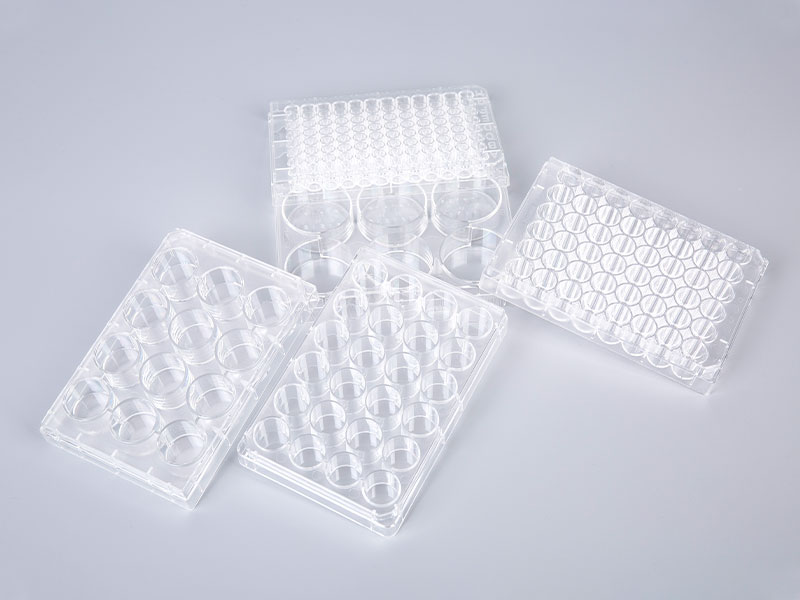What are the advantages of TC-treated versus non-TC-treated plates for cell culture?
When conducting cell culture experiments, choosing the right type of cell culture plate is crucial for obtaining reliable and reproducible results. A significant factor in this choice is whether to use TC-treated (tissue culture-treated) plates or non-TC-treated plates. TC-treated plates, such as those offered by Bioland, provide several key advantages over their non-TC-treated counterparts, which can greatly influence the success of cell culture protocols.
TC-treated plates are specifically designed to enhance the adhesion of cells to the plate surface, which is essential for the growth and proliferation of adherent cell lines. The treatment involves coating the surface of the plates with a thin layer of extracellular matrix proteins, such as collagen or fibronectin. This coating mimics the natural cellular environment, facilitating better cell attachment and spreading. In contrast, non-TC-treated plates have a hydrophobic surface that does not promote cell adhesion as effectively, leading to potential issues such as poor cell attachment and uneven growth.
One of the key advantages of TC-treated plates is their ability to support a wide range of cell types, including those that require specific surface interactions to thrive. This is particularly important for researchers working with primary cells or sensitive cell lines that demand a conducive environment for successful culture. Furthermore, TC-treated plates often feature additional design elements, such as raised hole edges and low-volatility grooves around the wells, which reduce the risk of cross-contamination and evaporation of culture medium. These design features contribute to more consistent and reliable experimental conditions.

Another advantage of TC-treated plates is their uniform and flat bottom thickness, which ensures even distribution of cells and minimizes the risk of artifacts in experimental results. This uniformity is crucial for applications requiring precise measurements and reproducibility. Additionally, Bioland's TC-treated plates are made from composite USP Class VI medical grade polystyrene, ensuring that they are sterile, RNase-free, DNase-free, pyrogen-free, and cytotoxin-free, which further reduces the risk of unwanted variables affecting experimental outcomes.
In contrast, non-TC-treated plates, while often less expensive, may not provide the same level of performance and reliability, particularly for adherent cell cultures. The lack of surface treatment can lead to inconsistent cell attachment and growth, which can complicate data interpretation and experimental reproducibility. For researchers who prioritize precision and consistency, investing in TC-treated plates is often a more dependable choice, despite the higher cost.
In summary, the advantages of TC-treated cell culture plates over non-TC-treated plates are evident in their ability to promote better cell adhesion, support a wide range of cell types, and provide a more controlled and consistent environment for cell culture. These benefits make TC-treated plates a preferred option for many research applications, ensuring reliable results and reducing the potential for experimental variability.
For more information, please call us at +86-0571-87993109 or email us at hzbioland@126.com.
Aseptic vacuum filters, like Bioland™ disposable vacuum filtration units, are designed for high-effi...
Whether used in the food hygiene industry, water monitoring, or research labs, selecting the right m...
Narrow-mouth reagent bottles are essential tools in laboratories, offering precise storage solutions...
In laboratory diagnostics, particularly in PCR (Polymerase Chain Reaction) testing, efficiency is pa...
When working with the Bioland™ Cell Shaker, one of the most crucial factors in ensuring successful c...
Polymerase chain reaction (PCR) is one of the most vital techniques in molecular biology, allowing s...

 中文简体
中文简体 English
English Español
Español русский
русский











